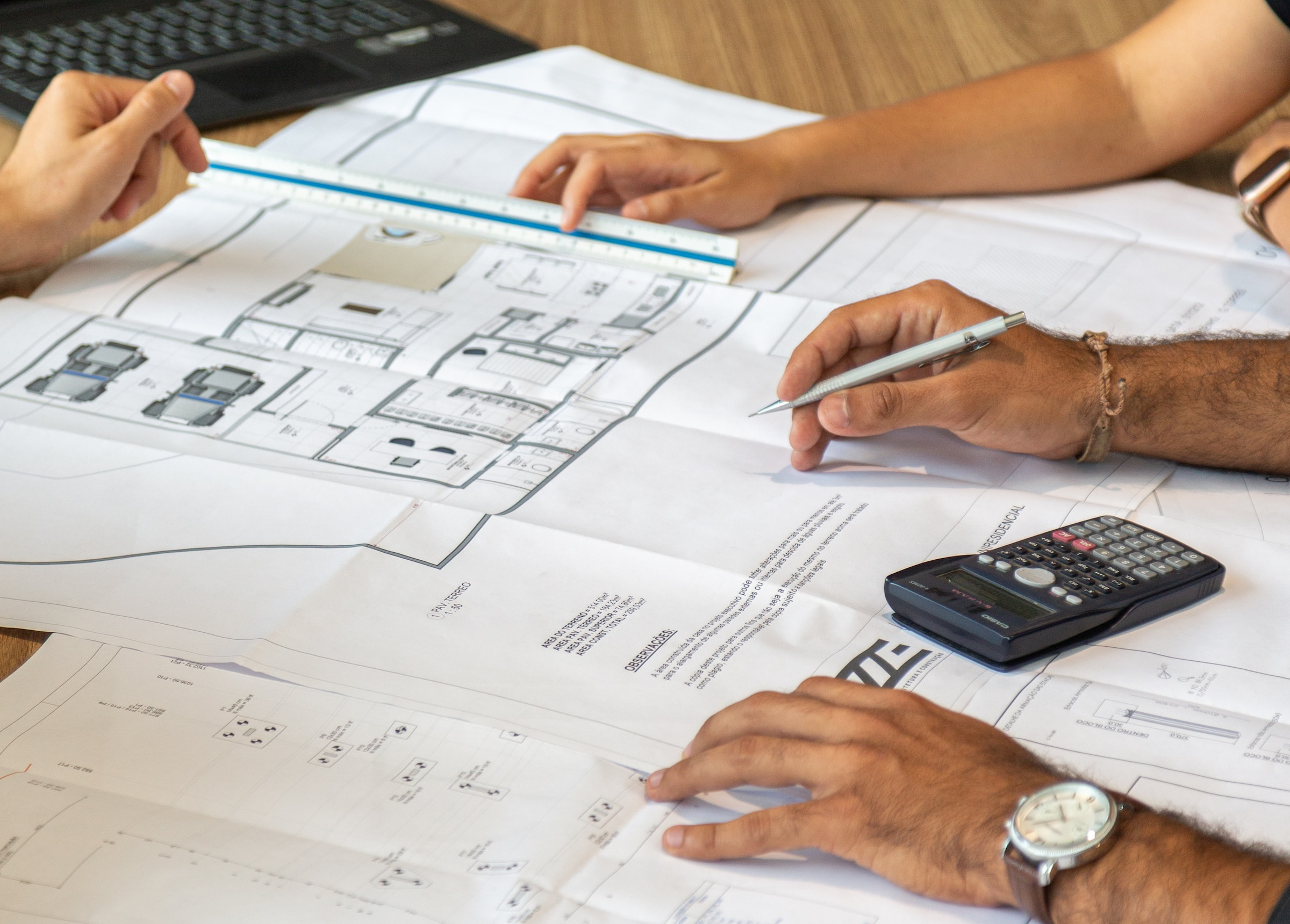
The road to restoring historical buildings in North Carolina is rich and diverse. The vibrant architectural heritage woven through North Carolina tells stories of the past that are both captivating and enlightening. So, let’s explore the challenges and triumphs of preserving the state’s historical treasures, each with its unique narrative to share!
Historical significance
Historical significance runs deep in North Carolina, where a rich architectural heritage tells a captivating tale. From the elegant Antebellum homes of the 19th century, with their grand columns and graceful symmetry, to the charming Bungalow style houses of the early 20th century, each architectural style reflects the context of its time. These homes showcase the craftsmanship and design aesthetics of their eras and serve as valuable cultural markers. They offer us glimpses into the lives of the people who inhabited them. As such, they bring light to the social norms of their periods and the architectural trends that prevailed. Therefore, restoring historical buildings in North Carolina is vital to both maintain their architectural beauty and to ensure that future generations can connect with the state’s rich heritage.
Preservation principles
Preservation principles are the basis of restoring historical buildings. They are as listed:
- The minimum intervention principle: Central to these guidelines and advocating for preserving as much of the home as possible. It emphasizes retaining original materials, textures, and design elements.
- Compatibility: Another key aspect that stresses that any alterations or additions should harmonize with the structure’s character.
- Documentation: Involves thorough records, making certain that every detail is accounted for in the restoration process.
- Stewardship: It underscores the importance of long-term care to prevent future deterioration.
Challenges in restoring historical buildings
Restoration projects present a multitude of challenges that demand meticulous attention to detail. It’s easy to underestimate the complexities of seemingly straightforward decisions, such as selecting the appropriate flooring. Often, old buildings have unique structural issues and wear and tear accumulated over the years. Thus, a lot of thought and care goes into even ‘simple’ things. Matching the era and style of the building while considering durability and authenticity is no small task!
In addition to that, finding skilled artisans well-versed in traditional techniques becomes crucial. Balancing modern safety standards with historical accuracy further complicates the restoration process. These challenges remind us that each step in a restoration project requires careful consideration and expertise.
Modernization needs
Modernizing historical buildings demands a delicate balance between preserving their heritage and meeting contemporary needs. So, you definitely can’t just unthinkingly chase home renovation trends. When incorporating modern amenities, it’s essential to maintain the building’s character and integrity. This requires thoughtful planning and creativity. For example, integrating energy-efficient technologies can enhance sustainability while preserving the structure’s authenticity. Adapting spaces for contemporary use often requires innovative solutions that also respect the building’s original purpose.
To achieve this balance, you must collaborate with experts who understand the significance and architectural nuances of the structure. By carefully addressing modernization needs while honoring the past, we can make sure that these homes continue to thrive in the present and future, providing a unique blend of past and modernity.
Funding and resources
Securing funding and resources is extremely important for restoring historical buildings. It’s no secret that restoration projects often come with hefty price tags. To navigate these financial challenges, various avenues must be explored. Government grants and incentives for historical preservation can provide substantial financial support. Collaborating with preservation organizations and experts can also open doors to valuable resources, knowledge, and networking opportunities.
Fundraising campaigns, community donations, and private partnerships can further play a crucial role in financing the project. A well-structured budget, with a clear allocation of funds for various aspects of the restoration, is essential. Building a compelling case for financial support by highlighting the historical, cultural, and economic benefits of the restoration can also attract potential donors and investors. In this intricate play of finances and resources, strategic planning and a multi-pronged approach are key to ensuring the preservation of our architectural heritage.
Moving into a historical building
Moving into a historical building is a unique experience that requires a lot of care and consideration. So, let’s say that you are moving from Virginia to North Carolina and hiring interstate movers. When moving to NC with expert help, definitely look for movers who have extensive experience with historic homes. They can ensure that nothing gets damaged and that any renovation and preservation you’ve done do not go to waste immediately! These seasoned professionals can ensure a smooth transition, taking extra care to protect the integrity of the structure.
Choosing movers with a deep understanding of the intricacies of historical buildings helps you ensure that your new home retains its historical significance and charm while making it yours. So, when making the move to a historical building, make sure to prioritize the expertise of your moving team to safeguard your investment!
Legal and regulatory considerations
If you want to improve your historical home, understanding the legal and regulatory landscape in North Carolina is crucial. Historical homes often fall under stringent preservation regulations and zoning laws, which vary from state to state. In North Carolina, these laws aim to protect the architectural heritage of such structures. Therefore, before starting any renovations or alterations, you must consult with preservation boards and commissions to ensure compliance. This may involve obtaining permits and adhering to specific guidelines for maintaining the authenticity of the property. Failing to do so can result in costly fines and legal complications.
Therefore, working hand-in-hand with local authorities and preservation experts is not just a recommendation but a necessity to navigate the legal and regulatory considerations when improving your historical home.
A shared responsibility
In the heart of North Carolina, restoring historical buildings is a testament to the community’s commitment to preserving the past while embracing the future. As we conclude this journey through time, the echoes of our architectural heritage continue to resonate! This task is a shared responsibility that warrants these living relics to endure for generations to come, connecting the present with the legacies of our past.











